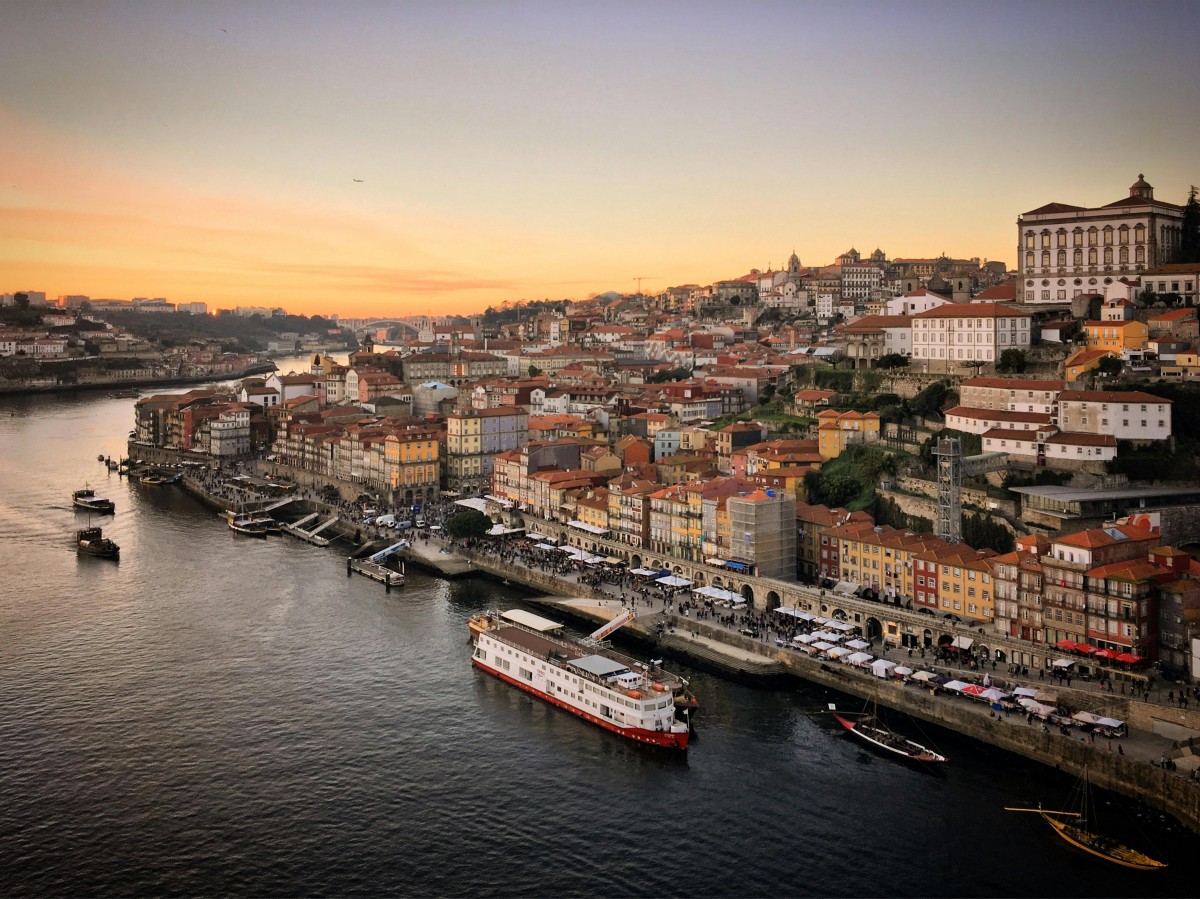
"Excessive tourist pressure" in the historic centre has led Porto City Council (CMP) to draw up a strategy to promote the city by 'dividing' it into eight blocks, rejecting the danger of losing authenticity in areas that are not currently considered touristy areas.
"The diagnosis suggests signs of excessive tourist pressure in the Historic Centre and Downtown areas, particularly in high season," reads the basic strategy for the dispersion of Porto's tourist flows and the creation of blocks in the municipality of Porto, which was recently presented at the Pasteleira Reservoir.
According to the document, the areas identified "concentrate 71 per cent of the tourist offer, measured by the number of tourist resorts, and 79 per cent of tourist demand, measured by the volume of ATM transactions made by foreigners in Porto (2022)".
"The tourist dynamics in these areas indicate a panorama of saturation that conditions the quality of life of residents and harms the visitor experience, although still at manageable levels," says the document, which relied on the work of consultancy firm EY-Parthenon.

These are the eight blocks
Thus, the strategy to diversify tourist flows across the city - including parts of Vila Nova de Gaia and Matosinhos - identified the following blocks:
- Two consolidated blocks (Historic Centres of Porto and Gaia and Downtown Porto);
- Three consolidated neighbourhoods (Foz and Matosinhos Sul; Boavista, Campo Alegre and Marginal do Douro; Bonfim);
- Three emerging neighbourhoods (Lapa, República and Marquês; Asprela, Arca d'Água, Carvalhido, Ramalde; Campanhã, Antas).
According to the CMP's Councillor for Tourism and Internationalisation, Catarina Santos Cunha, the city's new "tourism promotion map" is "based on creating its own distinctive identity for each block and a customised approach strategy to each one's needs and potential".
The aim is to promote "a greater balance in the management of tourist flows", while generating "more opportunities for growth, investment and development".
Asked if this strategy could mean an overload for other non-touristy areas of the city, Catarina Santos Cunha said that the dispersal of tourists "is not intended to create pressure in other places, but actually for economic development in other places".
"In this way, we're going to make other territories known. I think that for us to reach a pressure on the whole city... it would be good if it happened, and then we'd be here to manage it, because now I think we're at a different stage. We haven't reached a breakthrough yet," she stated.
As for whether areas that aren't currently tourist areas could lose their authenticity or residents, the councillor rejected this, advocating that work will be done "with the locals, so that everyone benefits from this development and really shows what their territory, their neighbourhood, has to offer".
As for the areas of the historic centre and Baixa, the municipality's aim is for tourists to "spend less time concentrated in that area at those times of year" and to "move on to other parts of the city".
The eight blocks will be promoted according to their level of tourist propensity and maturity, through means such as the VisitPorto portal, social networks, influencers or magazines.
In January, Lusa had already reported that CMP was going to launch a communication campaign to give more visibility to Porto neighbourhoods such as Bonfim, Foz or Bombarda, with the aim of dispersing tourist flows in the city.
